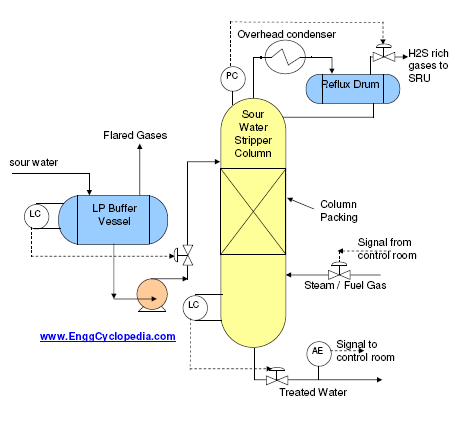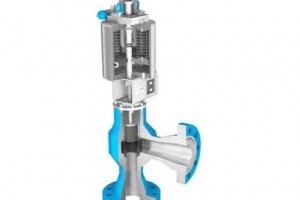Flow is one of the most commonly measured variables in most oil refinery and chemical processes, whether the process is continuous, or batch in nature. Many processes are controlled by varying the flow of a fluid, be it reflux to a fractionation column, heating medium to a reboiler, fuel to a fired heater or the discharge rate from a separator. Therefore accurate measurement of the fluid flow is critical for process control and also from economic point of view.
Types of flowmeters
There are many types of devices used to measure flow. Many of these flow measuring devices are inferential in nature, that is they measure flow indirectly by measuring a related property such as a differential pressure across a flow restriction or a fluid velocity in a pipe. A number of different fundamental physical principles are used in flow measurement devices. The type of flowmeter selected depends on a large number of parameters: flowing fluid and conditions, cost, accuracy requirements, and space available etc. The most common flowmeter type is the head type meter. These devices function by converting the kinetic energy in the flowing fluid into potential energy represented by a differential pressure measured across a flow restriction in the pipe. Other devices measure the fluid velocity in many ways namely - the generation of a counter-amp in an electric field; Doppler radar reflections off particles or bubbles in the fluid; rotation of a turbine wheel. Some more flowmeter types are the “Coriolis meter" which uses the Coriolis effect to measure mass flow rates; positive displacement flowmeter etc. Some typical type of flowmeter:
- Differential Pressure Type Flowmeters: Orifice meter, Elbow meter, Segmental Wedge Meter, Venturi Tube, Flow Nozzle, Pitot Tube and Averaging Pitots, Pitot-Venturi Tube
- Non-Head Type Flowmeters: Turbine meter, Positive Displacement Meter, Vortex Shedding Meter, Magnetic Meter, Ultrasonic Flowmeter, Coriolis Type, Thermal Meter, Multi-Phase
A typical datasheet of a type of flowmeter is given as below:





